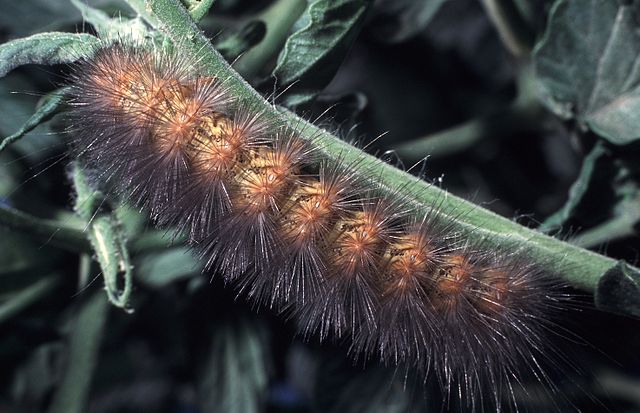Puss Moth Caterpillar

"Puss caterpillar1". Licensed under Public Domain via Wikimedia Commons - https://commons.wikimedia.org/wiki/File:Puss_caterpillar1.jpg#/media/File:Puss_caterpillar1.jpg About This Insect Scientific Name: Megalopyge opercularis Food: oaks, elms, citrus, rose and other plants What does it turn into? See it here Does it sting? Yes! This species has one of the most painful stings of any caterpillar. There are venomous spines hidden among the soft "Elvis" fur. A sting causes intense radiating pain and sometimes nausea, swelling, and even difficulty breathing. While not fatal, a sting from the Puss Caterpillar is no joke and can hurt for days. Will it destroy my garden? No. PanamaInsects.org





